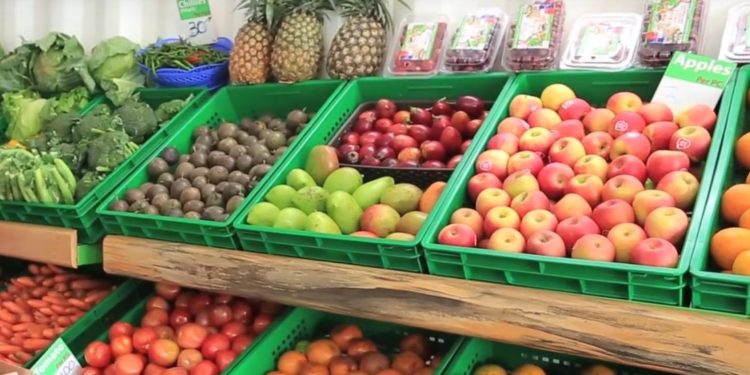Kenya’s monthly inflation, gauged by the Consumer Price Index (CPI), dipped to 5.7% in March from 6.3% in February, marking the first time it has fallen below 6% in two years. The government has a preferred range for inflation of between 2.5% and 7.5% in the medium term.
The Kenya National Bureau of Statistics (KNBS) attributes this decline to decreases in the prices of essential commodities like fuel and maize flour. Households in Kenya experienced reduced prices for kerosene, as well as drops in electricity costs for both 200 kWh and 50 kWh usage tiers.
In the period between February 2024 and March 2024, the Transport Index experienced a decrease of 0.6%, primarily driven by reductions in petrol and diesel prices by 3.5% and 2.6%, respectively.
However, Kenyans faced higher costs for LPG/Gas, as evidenced by a rise from KES 3,187.10 to KES 3,231.84 for a 13kg cylinder, marking a 1.4% increase in prices. This increase in Gas/LPG prices contributed to a 0.2% uptick in the Housing, Water, Electricity, Gas, and Other Fuels Index.
On the list of food items, white Wheat flour prices declined on average from KES 200.41 per kilo in February to KES 190.72 per kilo in March 2024.
The average price of maize grains declined by 4.9% from KES 68.67 per kilo in February to KES 65.31 per kilo in March. Sugar prices also dropped in March to KES 189.45 per kilo in March from KES 200.1 per kilo in February, a decline of 5.3%.
The price of a 2 kg packet of shifted maize flour declined by 5.8% from KES 154.54 in February to KES 145.57 in March. The highest price increase in the food basket was onions whose price increased from KES 150.63 per kilo in February to KES 167.28 per kilo in March. Other food items that have recorded price increases include Mangoes, Potatoes, Oranges, Cabbages, Tomatoes, and Beef.


















